The ancient Egyptians were among the earliest civilizations to closely observe the skies, developing a profound understanding of astronomy that influenced almost every aspect of their lives. From religion and agriculture to architecture and art, the movements of the stars and planets were integral to the Egyptians’ worldview. They saw the heavens as a reflection of the divine, using their knowledge of celestial bodies to align their calendar, monuments, and religious practices. This article delves into how the ancient Egyptians used stars, constellations, and the Sun to guide their daily life and connect with the gods, demonstrating the central role that astronomy played in shaping one of the world’s most fascinating and enduring civilizations.
- Egypt Tour Magic
- Egypt Tour Packages
- Excursions in Egypt
- Cairo Tours and Excursions
- Hurghada Tours and Excursions
- Soma Bay Tours and Excursions
- Makadi Bay Tours and Excursions
- Sahl Hasheesh Tours and Excursions
- El Gouna Tours and Excursions
- Marsa Alam Tours and Excursions
- Port Ghalib Tours and Excursions
- El Quseir Tours and Excursions
- Dendera and Abydos Day Tours
- Aswan Tours and Excursions
- Luxor Tours and Excursions
- Alexandria Tours and Excursions
- Sharm El Sheikh Tours and Excursions
- Top Rated Tours in 2025
- Optional Excursions in Egypt
- Private Transfer
- Blogs About egypt
- Ancient Egypt
- What You Need To know Before Your First Trip To Egypt
- Best Places to Visit in Egypt 2025
- Top Attractions in Red Sea Resorts 2025
- Top 10 Tourist Activities in Egypt
- Top 30 Activities You Can’t Miss in Egypt
- The Guide to Guided Tours in Egypt
- Egypt’s Ancient and Modern History
- The Nile River
- The Deserts of Egypt
- Historical Sites in Egypt
- Cairo
- Alexandria
- Luxor
- Aswan
- The Red Sea
- Dendera Temple
- El Fayoum Oasis
- Bahariya Oasis
- Siwa Oasis
- Al Alamein
- Marsa Matruh
- Ancient Egyptian gods
- famous Egyptian dishes
- UNESCO World Heritage sites
- About Us
- Why Egypt Tour Magic
- Egypt Tour Magic
- Egypt Tour Packages
- Excursions in Egypt
- Cairo Tours and Excursions
- Hurghada Tours and Excursions
- Soma Bay Tours and Excursions
- Makadi Bay Tours and Excursions
- Sahl Hasheesh Tours and Excursions
- El Gouna Tours and Excursions
- Marsa Alam Tours and Excursions
- Port Ghalib Tours and Excursions
- El Quseir Tours and Excursions
- Dendera and Abydos Day Tours
- Aswan Tours and Excursions
- Luxor Tours and Excursions
- Alexandria Tours and Excursions
- Sharm El Sheikh Tours and Excursions
- Top Rated Tours in 2025
- Optional Excursions in Egypt
- Private Transfer
- Blogs About egypt
- Ancient Egypt
- What You Need To know Before Your First Trip To Egypt
- Best Places to Visit in Egypt 2025
- Top Attractions in Red Sea Resorts 2025
- Top 10 Tourist Activities in Egypt
- Top 30 Activities You Can’t Miss in Egypt
- The Guide to Guided Tours in Egypt
- Egypt’s Ancient and Modern History
- The Nile River
- The Deserts of Egypt
- Historical Sites in Egypt
- Cairo
- Alexandria
- Luxor
- Aswan
- The Red Sea
- Dendera Temple
- El Fayoum Oasis
- Bahariya Oasis
- Siwa Oasis
- Al Alamein
- Marsa Matruh
- Ancient Egyptian gods
- famous Egyptian dishes
- UNESCO World Heritage sites
- About Us
- Why Egypt Tour Magic
The Celestial Knowledge of Ancient Egypt
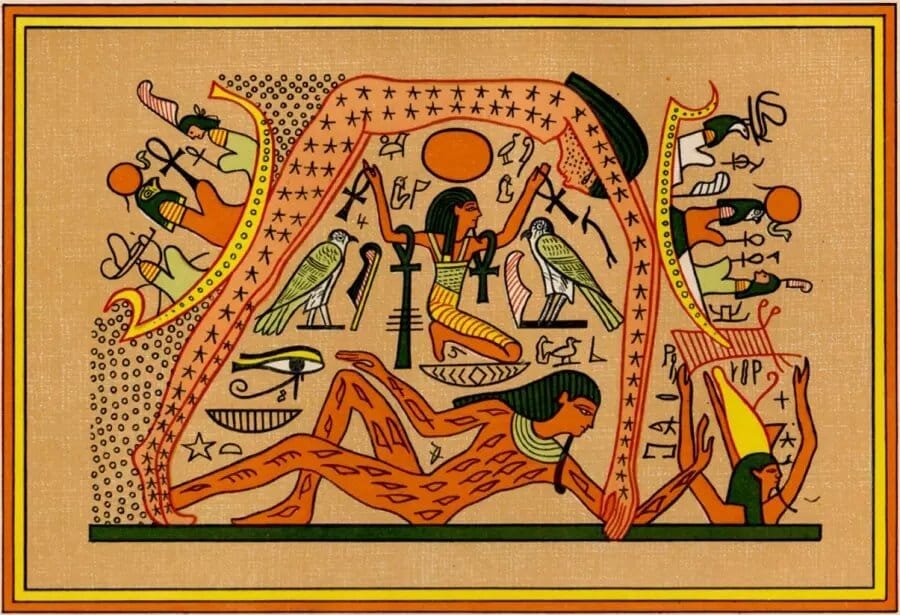
1. Astronomy and Religion in Ancient Egypt
In Ancient Egypt, astronomy was closely tied to religion and mythology. The Egyptians believed that the stars and celestial bodies were not merely objects in the sky but were inhabited by gods and goddesses. Key stars like Sirius were associated with the goddess Isis, while the constellation of Orion was linked to Osiris, the god of death and resurrection. These celestial bodies were thought to play a significant role in the divine order, influencing the cycles of life and the afterlife. Egyptian priests and astronomers studied the sky carefully to align religious ceremonies and festivals with the movements of these stars, creating a cosmic connection between the heavens and earthly affairs.
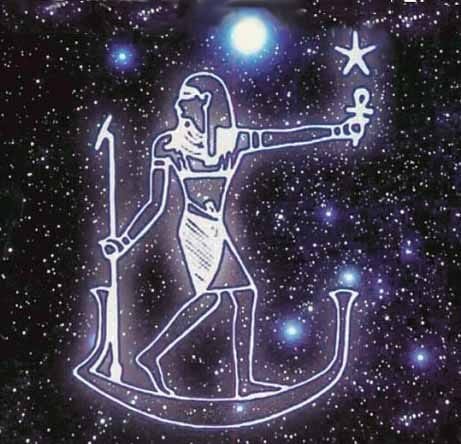
2. Astronomy and Agriculture
Astronomy was fundamental to the agricultural practices in Ancient Egypt, as the movement of celestial bodies directly impacted the timing of important events like the flooding of the Nile River. The Egyptians observed the heliacal rising of Sirius, which occurred just before dawn, signaling the start of the annual flooding of the Nile. This event was crucial for fertilizing the land, as the flood brought nutrient-rich silt from upstream. The precise knowledge of the stars allowed the Egyptians to create a highly accurate agricultural calendar, ensuring that planting and harvesting times were aligned with the natural cycles, optimizing food production for the population.
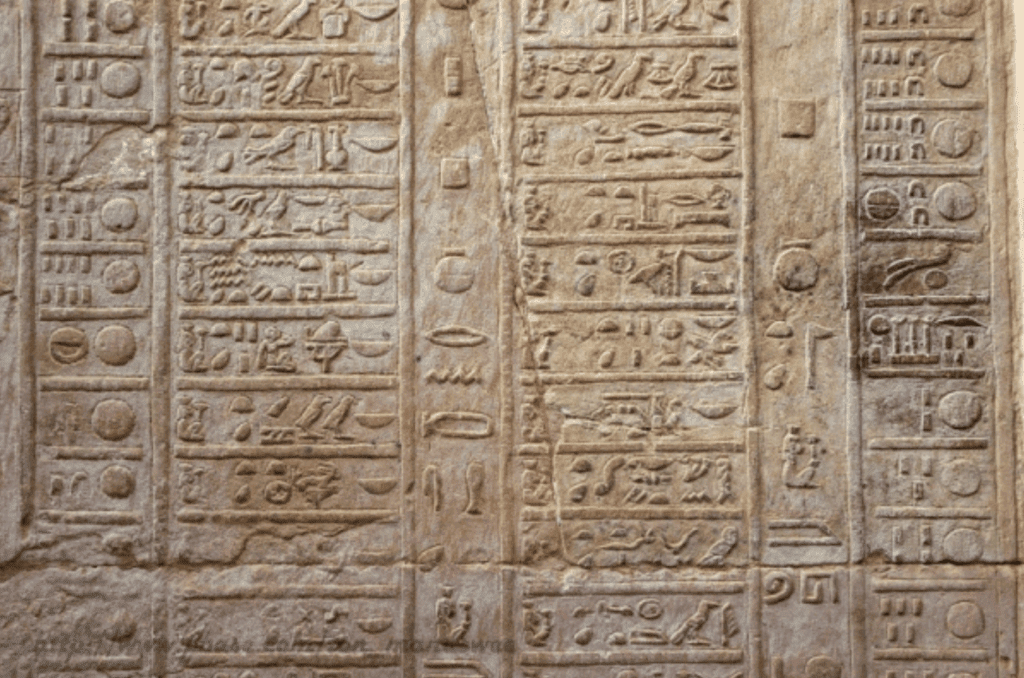
3. The Egyptian Calendar
The Egyptian solar calendar was based on astronomical observations, particularly the rising and setting of specific stars. Their calendar had 365 days, divided into 12 months of 30 days each, with an additional five days at the end of the year to complete the cycle. The heliacal rising of Sirius, which marked the start of the Nile’s flood, was integral to the Egyptian calendar, acting as a celestial "New Year's" event. This calendar allowed the Egyptians to synchronize agricultural activities, religious festivals, and daily life. The precision of this calendar system, despite not having modern tools like telescopes, demonstrates the Egyptians' advanced understanding of celestial movements.
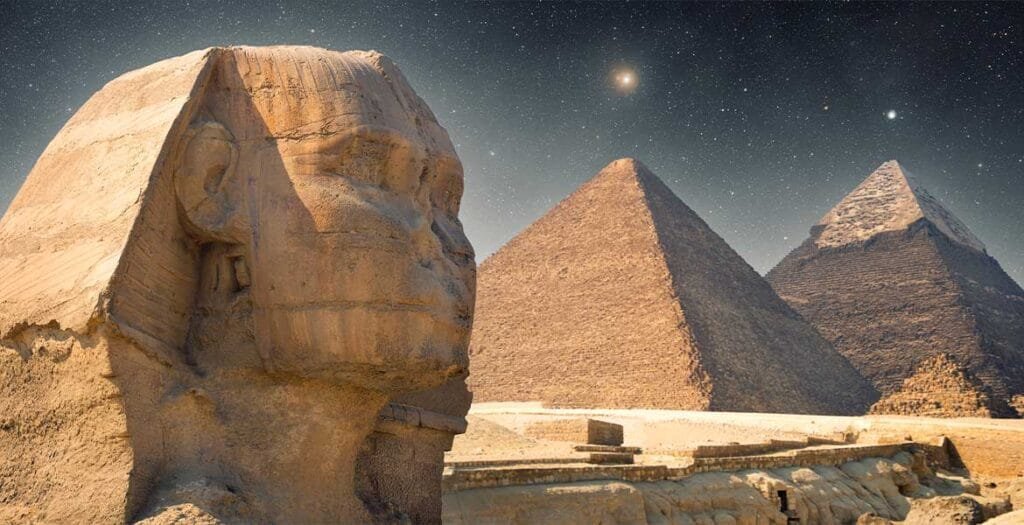
4. Temples and Astronomical Alignments
Many temples and pyramids in Ancient Egypt were constructed with careful astronomical alignment. The Egyptians believed that their temples needed to be in harmony with the cosmos to connect with the divine. Some temples were oriented to the heliacal rising of certain stars or the movement of the sun. For instance, the Temple of Karnak was aligned with the rising sun during the solstices, ensuring that sunlight illuminated specific areas during key moments of the year. These alignments were not merely decorative but were integral to religious rituals, reinforcing the relationship between the pharaohs, the gods, and the celestial realm.
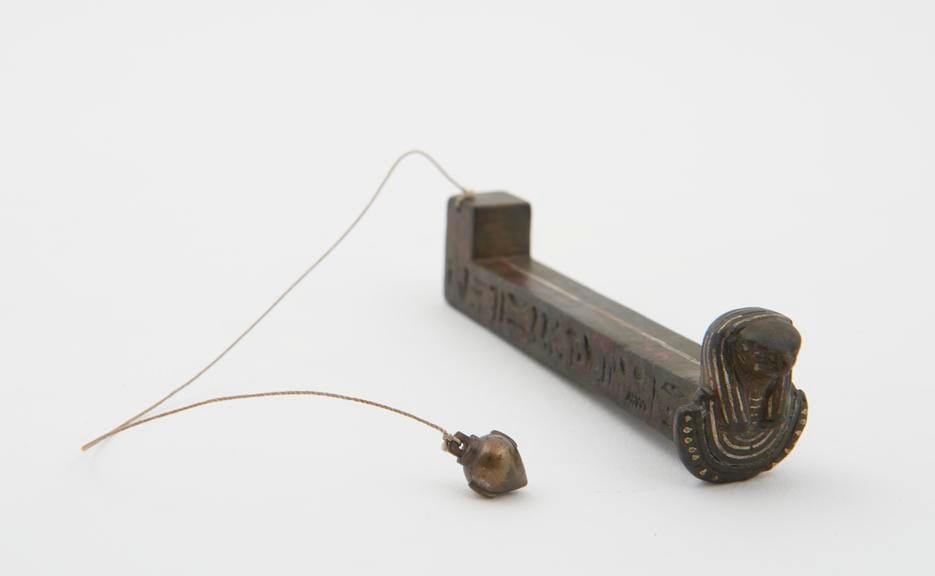
5. Astronomical Tools Used by Ancient Egyptians
While the ancient Egyptians did not have advanced telescopes, they developed basic yet effective tools for observing and recording celestial movements. The gnomon, a simple stick used to cast a shadow, allowed Egyptians to track the time of day and the solstices. They also used sighting instruments to observe the positions of stars and planets, assisting in determining the best times for planting crops, religious ceremonies, and building projects. The merkhet, a type of sighting device, helped priests and astronomers determine the position of stars for aligning temples and pyramids. These tools illustrate the Egyptians’ ingenuity and their deep reliance on the heavens for guiding various aspects of life.
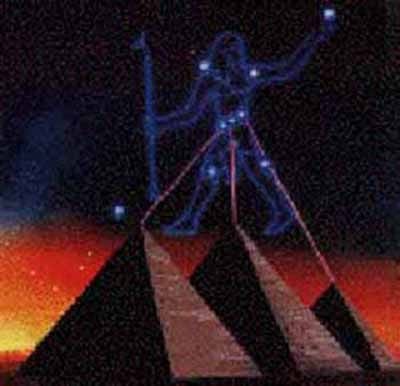
6. Stars and Constellations in Egyptian Astronomy
The Egyptians were keen observers of the night sky and identified many stars and constellations, which held both practical and symbolic significance. One of the most important constellations was Orion, which was associated with the god Osiris, representing death and rebirth. The Egyptians believed that the soul of the pharaoh would travel through the constellation of Orion to join Osiris in the afterlife. Other prominent stars, like Sirius, were used to mark the timing of the Nile’s flooding, while the Little Dipper (Ursa Minor) was associated with guiding souls to the afterlife. These constellations were not only important for their practical applications but also deeply woven into Egyptian religious beliefs.
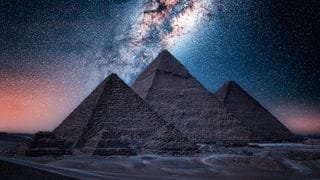
7. Astronomy and the Egyptian Pyramids
Astronomy played a significant role in the design and construction of Egypt’s iconic pyramids. The Egyptians were adept at using celestial events to guide the alignment of their monuments. For example, the pyramids of Giza are precisely aligned with the stars in the constellation Orion's Belt, reflecting the Egyptians' belief that the pharaohs would ascend to the afterlife and join Osiris in the stars. Additionally, the Great Pyramid of Khufu is aligned with the North Star, which was significant for ensuring the pyramid’s structural accuracy. This precise alignment demonstrates how astronomy was central to the Egyptians’ understanding of the cosmos and their desire to integrate the divine into their monumental architecture.
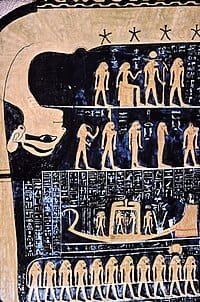
8. Astrological Beliefs and Practices
Astrology in Ancient Egypt was closely tied to the movements of the stars and planets, and it played an important role in the daily lives of the people. While not identical to modern astrology, the Egyptians believed that the positions of celestial bodies could influence human affairs. For example, the rising of certain stars or planets at particular times of the year could signal important events or omens. The Egyptians also linked specific gods and goddesses to celestial bodies, and people born under particular stars or during specific celestial events were believed to have certain characteristics or destinies. This belief system provided a cosmic framework for understanding the world and its events.
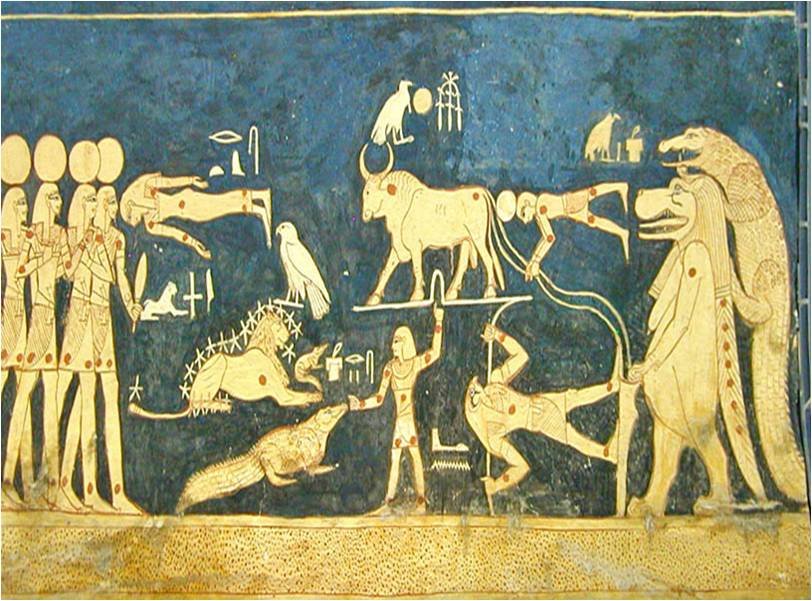
9. Astronomy in Egyptian Art
Astronomy also had a profound influence on Egyptian art. The night sky, with its stars and constellations, was often depicted in tomb paintings and temple reliefs, highlighting the importance of celestial bodies in Egyptian culture. Some tombs featured detailed star maps that guided the deceased through the afterlife, ensuring they would be protected by the gods and reach their final destination in the sky. These star maps, often painted on the ceilings of tombs, illustrated the positions of key constellations, reflecting the Egyptians' belief in the divine influence of the stars and their importance for navigating both life and death.
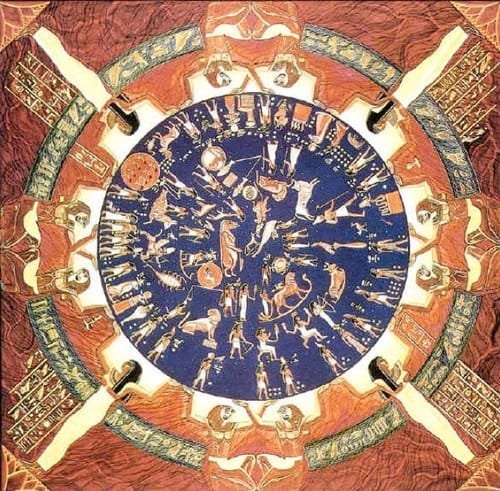
10. The Role of the Sun in Egyptian Astronomy
In addition to their studies of the stars, the Egyptians also placed a significant emphasis on the Sun and its movements. The Sun was considered a key deity in Egyptian mythology, with Ra being the most important solar god. The daily journey of the Sun across the sky was seen as symbolic of life and death, with the Sun rising in the east, traveling across the sky, and setting in the west, representing the cycle of birth, life, death, and rebirth. The Egyptians used the Sun's position to mark the time of day and the changing seasons, and they constructed monuments like the obelisk, which could be used to track the Sun’s movements through shadow casting. Additionally, the annual winter and summer solstices were significant, marking moments when Ra was believed to be at his strongest or weakest.
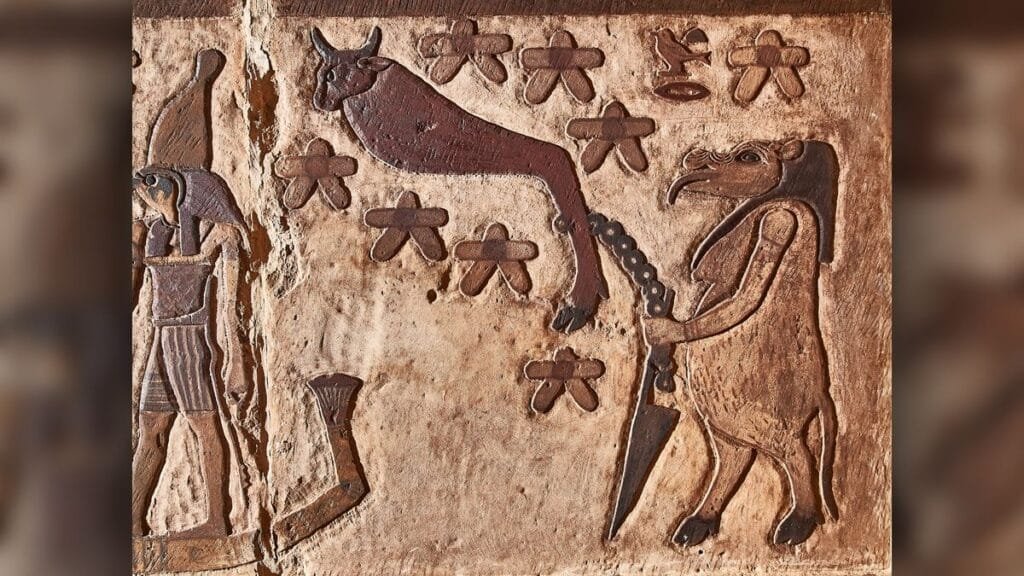
11. Star Clusters and Egyptian Mythology
Certain star clusters in the night sky were central to Egyptian mythology and religious practices. One of the most important was the Pleiades, a group of stars that appeared in the night sky and were associated with the Nile River's flooding cycle. The Egyptians viewed these stars as guides, and their appearance was closely linked to the annual rise of the Nile. In Egyptian mythology, the Pleiades were often depicted as the "Seven Sisters," celestial beings associated with fertility and renewal, themes that were mirrored in the fertility of the land that came with the Nile's flood. This connection between star clusters and agricultural cycles shows how the Egyptians intertwined celestial phenomena with the rhythms of the Earth, particularly when it came to their most vital resource — water.
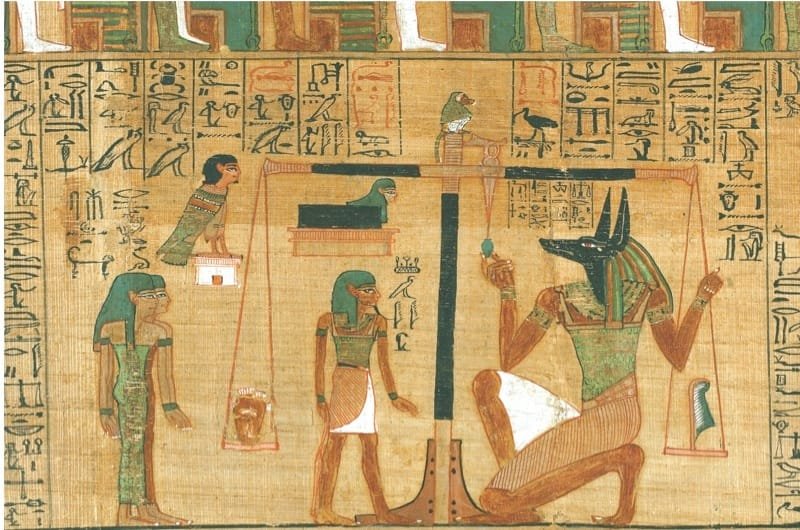
12. The Starry Path and the Afterlife
The Egyptians believed that the stars were not just symbols of gods, but also pathways to the afterlife. The starry path represented the journey of the deceased's soul as it traveled to the heavens. This belief was depicted in the Book of the Dead, where the deceased was guided through constellations, including those in the Zodiac, to the afterlife. The star Sirius was particularly important in this journey, symbolizing the goddess Isis and the promise of resurrection. The deceased were thought to join the stars in the sky and live among the gods after their physical death. Astronomical knowledge was thus integral to the Egyptians' spiritual worldview, as they believed the stars were their connection to immortality.


